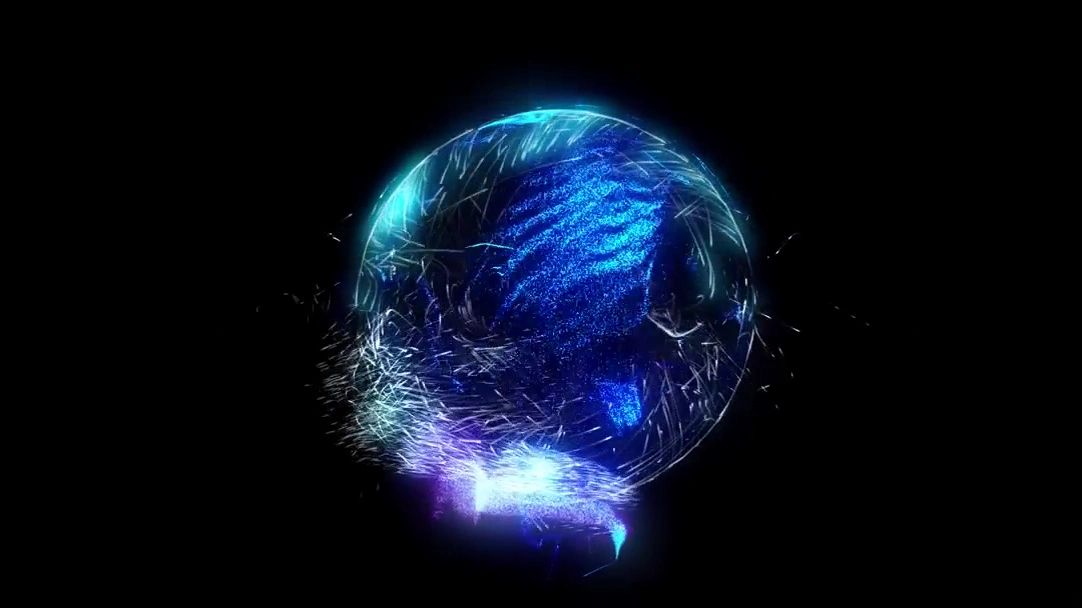


The solution to nose tip swelling after rhinoplasty
It gets a lot of time, months and even years, to reach the wanted result after a "nose job". Why not getting a little help from RhinoAfterCare?
Notice the two reddish areas on the nose sides: little pressure has been applied by RhinoAfterCare on the swelling cartilage.

It's an external nasal splint that has to be applied on the nosetip starting from the 2nd postoperative week
Usage time might vary, we recommend to follow the surgeon's instructions

It has to be kept on nose tip for the time needed. Consistency is required for better results.
No more massages using fingers on the nose. Now, patients can apply RhinoAfterCare and feel free to use their hands for more important tasks.

We help the patient to follow surgeon's recommendations, without any stress, without any waste of time.

It comes in 4 different sizes to fit every moment of the healing process

Usually the nose tip is the part of the nose that takes longer to get rid of the swelling

A little redness is noticeable on the sides of the tip. It fades away after a few minutes.

A study on patients that underwent rhinoplasty found "[...] less edema and ecchymosis scores using [...] 3D custom external nasal splint" https://pubmed.ncbi.nlm.nih.gov/33757742/
Amasya University, Turkey
More about RhinoAfterCare
Rhinoplasty is a common cosmetic and reconstructive procedure to modify the shape or
structure of the nose. After the surgery, it is crucial to provide support to the nasal cartilage,
especially the lateral parts of the nose, to ensure proper healing and minimize the risk of
deformities or irregularities.
Various devices exist to help stabilize the nose post-surgery, but there is a need for a solution
that can be used by the patient her/himself to keep a proper compliance to better follow the
surgeon recommendations.
The other devices that are now on the market are either only allowed to be positioned by the
surgeon (usually it’s recommended to be kept for a week or two maximum) or need multiple
steps before being ready to use. This leads to a worse compliance from the patient and
therefore the swelling of the cartilage will last longer, preventing the patient from reaching the
wanted result faster.
The standard procedure for open technique rhinoplasty consists of an incision made across
the columella, the tissue between the nostrils, allowing the surgeon to lift the skin and access
the underlying nasal structures. This provides clear visibility and better control over reshaping
the nose, particularly in complex cases. The surgeon can modify the cartilage and bone, refine
the nasal tip, and correct septal deviations to improve both appearance and function. After
reshaping, fine adjustments are made to ensure the nose's balance and natural look. The
incision is then closed with sutures, typically leaving minimal visible scarring.
A splint or cast is usually applied to the outside of the nose to help maintain its shape during
the first days or weeks of healing process. Swelling, bruising, and discomfort are common in
the first few days to weeks, but these usually subside over time. Most patients can resume
normal activities within a couple of weeks, though full recovery may take several months or
years.
RhinoAfterCare is designed to apply controlled pressure to the lateral
cartilage of the nose after rhinoplasty surgery. The device is made of an elastic and
biocompatible material (which allows it to maintain a flexible yet durable structure that
adapts to the contours of the nose), such as PLA (Polylactic Acid) [ a variant can be PET-G (Polyethylene
Terephthalate Glycol-modified)] and utilizes flaps to gently exert pressure on the lateral nasal
cartilage. The device is lightweight, easy to apply and remove and it comes in multiple sizes to
fit the nose during the different phases of the healing process. This device aims to be used
from the second/third week after rhinoplasty until it reaches the wanted shape. Its main
purpose is to make it easier for the patient to follow the surgeon recommendation of applying
pressure on the nose with the fingers.

SIMILAR PRODUCT ON THE MARKET
Taping
Sylicone-metal device
Sylicone-metal device

Uncomfortable and it leaves glue on the nose. In addiction it may pull the skin causing a more loose skin. Furthermore there is evidence that taping has no effect on swelling.*
Sylicone-metal device
Sylicone-metal device
Sylicone-metal device

Since after rhinoplasty the nose starts producing more sebum than usual, every silycon product might get slippery and not apply pressure for more than few seconds, forcing the patient to adjust it multiple times in a feu minutes.
termoplastic splint
Sylicone-metal device
termoplastic splint

It needs hot water, so it requires more steps to be used. Other similar devices though are not supposed to be applied by patients, only by surgeons because their usage is strictly required right after the surgery up to a week.
*Scientific Literature about TAPING
Taping has no effect on the swelling of the nosetip
A randomized clinical trial revealed that taping has no effect on the tip nor the supratip.
"Of the 57 total patients (33 male and 24 female patients; mean [SD] age, 30.0 [11.7] years), 17 were in the 2-week PRT group; 20, the 4-week PRT group; and 20, the control group. Compared with the control group, 4-week PRT had a significant effect on the supratip (P = .001). Comparisons of MNST with the control group revealed significant effects of 2-week (P = .02) and 4-week (P = .007) PRT. The effect on the tip was not significant (P = .052). Postrhinoplasty taping had no effect in thin-skinned patients. Comparison among thick-skinned patients revealed a significant effect on the MNST (P = .01) and the rhinion (P = .02) but not the tip (P = .06) and supratip (P = .07)."
Contact us
Copyright © 2025 rhinoaftercare.com - Tutti i diritti riservati.
Powered by GoDaddy